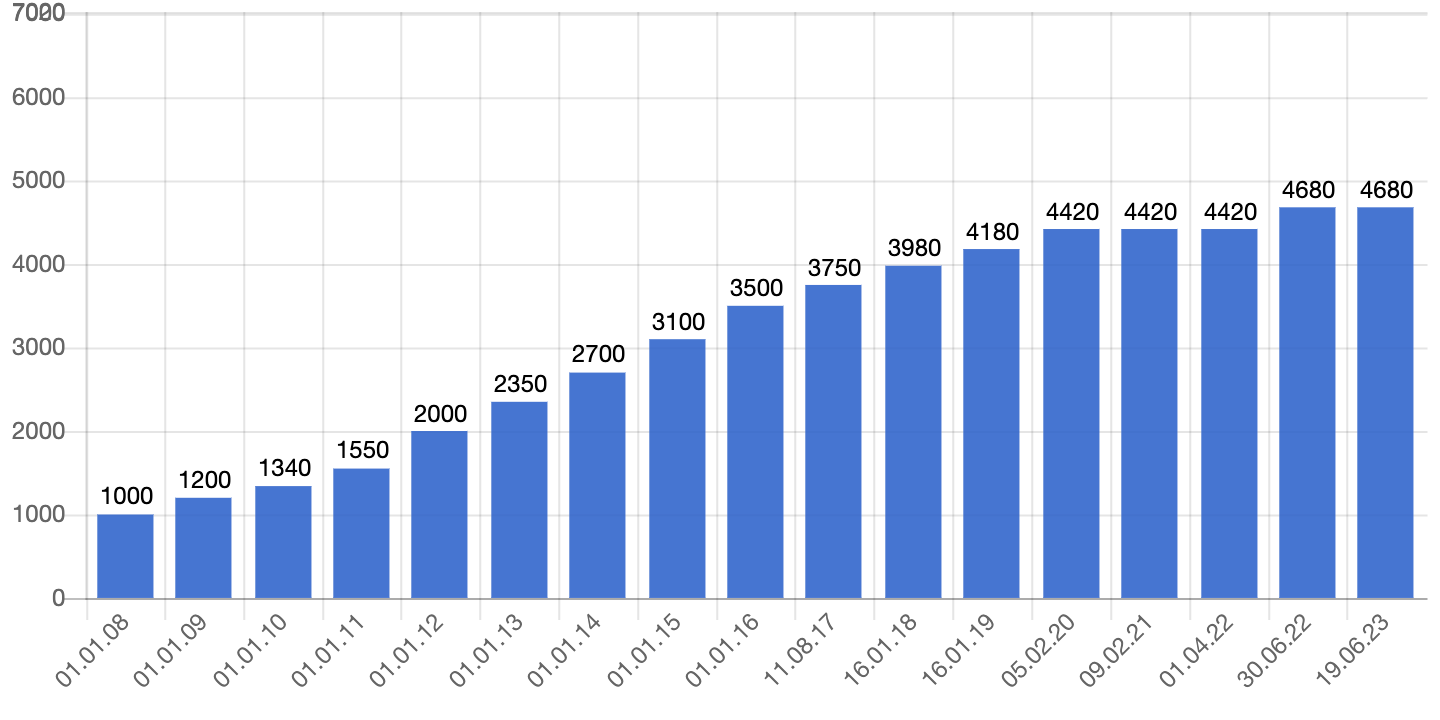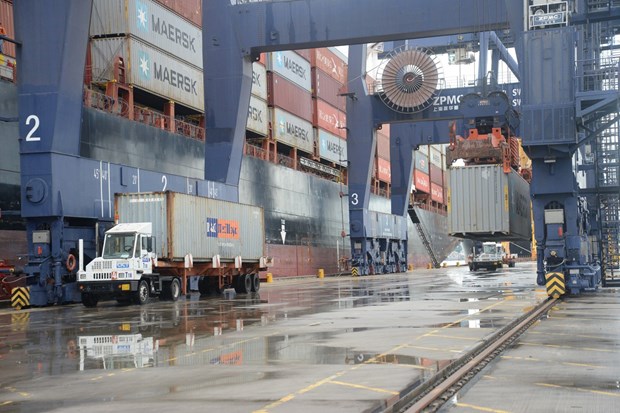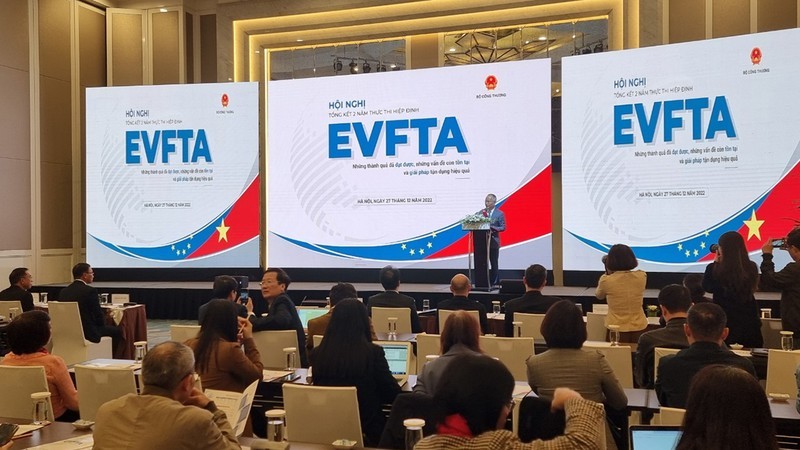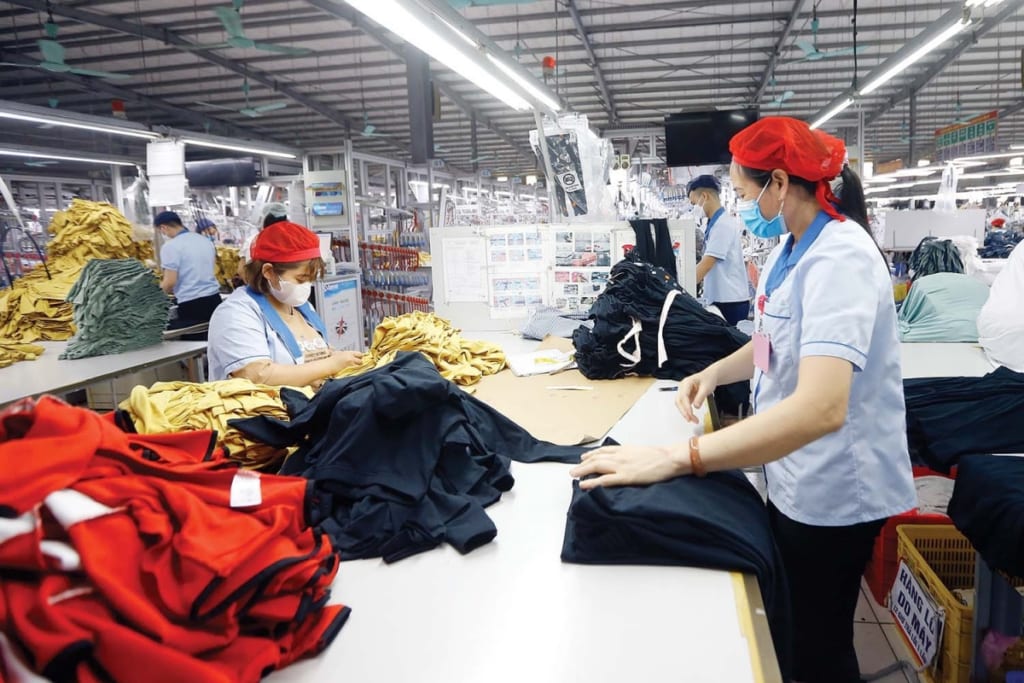
Introduction
In the ever-evolving global business landscape, Vietnam has established itself as a key player, attracting investors and businesses from around the world. As companies explore the opportunities in this Southeast Asian nation, one crucial aspect they need to consider is the cost of labor. In this comprehensive guide, we will delve into the topic of Vietnam’s labor cost in 2023, examining the factors that will shape it and the implications for businesses operating in the country. By understanding the dynamics of labor costs and staying informed about the upcoming trends, companies can make strategic decisions and thrive in Vietnam’s competitive market.
Understanding Vietnam Labour Cost 2023: A Holistic Approach
To gain a comprehensive understanding of Vietnam’s labor cost in 2023, it is essential to explore the various factors that influence it. Let’s take a closer look at these factors and how they are likely to impact labor costs in the upcoming year.
1. Economic Growth and Market Demand
Vietnam’s economy has been growing consistently in recent years, driven by both domestic consumption and foreign investment. As the economy expands, the demand for labor increases, which, in turn, influences labor costs. In 2023, Vietnam is expected to continue its growth trajectory, which will likely have a direct impact on labor costs.
2. Skilled Labor Availability and Demand
The availability and demand for skilled labor are crucial factors affecting labor costs. Vietnam’s workforce is known for its adaptability and dedication. However, as industries evolve and new technologies emerge, the demand for specialized skills also grows. In 2023, companies operating in Vietnam may face challenges in recruiting and retaining skilled professionals, potentially leading to increased labor costs.
3. Minimum Wage Policies and Regulations
Minimum wage policies and regulations set by the Vietnamese government play a significant role in determining labor costs. The government periodically reviews and adjusts minimum wage levels based on factors such as inflation, cost of living, and economic conditions. In 2023, businesses should be prepared for potential changes in minimum wage rates, which can directly impact labor costs.
4. Foreign Direct Investment (FDI) and Competition
Vietnam continues to attract substantial foreign direct investment, bolstering its economic growth and creating employment opportunities. However, increased foreign investment also brings heightened competition for skilled labor and resources. As businesses vie for talent, the resulting competition can drive up labor costs in certain sectors.
5. Social Security and Benefit Contributions
Employers in Vietnam are required to contribute to social security and benefit programs for their employees. These contributions cover areas such as health insurance, pensions, and unemployment benefits. The rates and calculations for these contributions can vary and may undergo changes in 2023, impacting the overall labor cost burden for businesses.
6. Exchange Rates and Inflation
Fluctuations in exchange rates and inflation rates can significantly influence labor costs in Vietnam. Currency exchange rate fluctuations can affect the cost of imported goods and services, potentially impacting wages and labor expenses. Similarly, inflation rates affect the cost of living and can influence wage expectations, leading to changes in labor costs.
7. Government Initiatives and Policies
The Vietnamese government plays an active role in shaping labor costs through its initiatives and policies. These may include measures to enhance labor productivity, promote fair employment practices, or support specific industries. It is crucial for businesses to stay updated on government policies and initiatives as they can have a direct impact on labor costs in 2023.
8. Industry-Specific Considerations
Different industries may experience varying labor cost dynamics in Vietnam. Labor-intensive industries, such as manufacturing and textiles, may face different cost pressures compared to knowledge-based sectors like technology and services. Companies need to analyze industry-specific factors to accurately project labor costs and make informed business decisions.
Vietnam Labour Cost 2023: Frequently Asked Questions (FAQs)
To provide further insights into Vietnam labour cost 2023, let’s address some frequently asked questions:
1. Will labor costs in Vietnam continue to rise in 2023?
While labor costs have been increasing in Vietnam over the years, the rate of increase can vary. Factors such as economic conditions, government policies, and industry-specific dynamics influence labor cost trends. It is essential to stay updated on market conditions and conduct regular analyses to understand the direction of labor costs in 2023.
2. How do labor costs in Vietnam compare to neighboring countries?
Vietnam’s labor costs have traditionally been lower compared to neighboring countries such as China or Thailand. However, the cost advantage can vary depending on factors like industry, location, and skill requirements. Conducting a thorough comparative analysis specific to the business context is crucial for accurate cost assessments.
3. Are there regional variations in labor costs within Vietnam?
Yes, there are regional variations in labor costs within Vietnam. Major cities like Ho Chi Minh City and Hanoi generally have higher labor costs compared to rural areas. Industrial zones and clusters can also exhibit specific labor cost dynamics based on factors such as infrastructure development and proximity to transportation hubs.
4. How can businesses mitigate the impact of rising labor costs?
Businesses can adopt various strategies to manage labor costs effectively. These may include investing in technology and automation to improve productivity, optimizing workforce efficiency, exploring outsourcing options, and implementing innovative business models. Adapting to market conditions, monitoring industry trends, and staying agile in response to changes are key to managing labor costs in 2023.
5. What are the potential consequences of rising labor costs for businesses?
Rising labor costs can have several implications for businesses. Higher labor expenses can impact profit margins, influence pricing strategies, and necessitate cost-cutting measures. However, it is essential to consider the broader economic context and the potential benefits that come with rising labor costs, such as increased consumer purchasing power and a growing domestic market.
6. How can businesses stay competitive amidst rising labor costs?
To remain competitive amidst rising labor costs, businesses should focus on improving operational efficiency, investing in employee training and development, fostering innovation, and diversifying product or service offerings. Strong branding and differentiation strategies, along with effective cost management practices, can help businesses maintain a competitive edge in Vietnam’s dynamic market.
Conclusion
As Vietnam’s economy continues to grow and evolve, labor costs in 2023 will be a crucial aspect for businesses to consider. By understanding the various factors shaping labor costs, companies can make informed decisions and navigate the changing landscape effectively. Vietnam’s strategic location, skilled workforce, and favorable business environment present opportunities for growth and success. However, businesses must proactively monitor labor cost trends, adapt to market conditions, and employ effective strategies to thrive in Vietnam’s competitive business environment.
Follow our channel for more updated news of Vietnamese labour market



